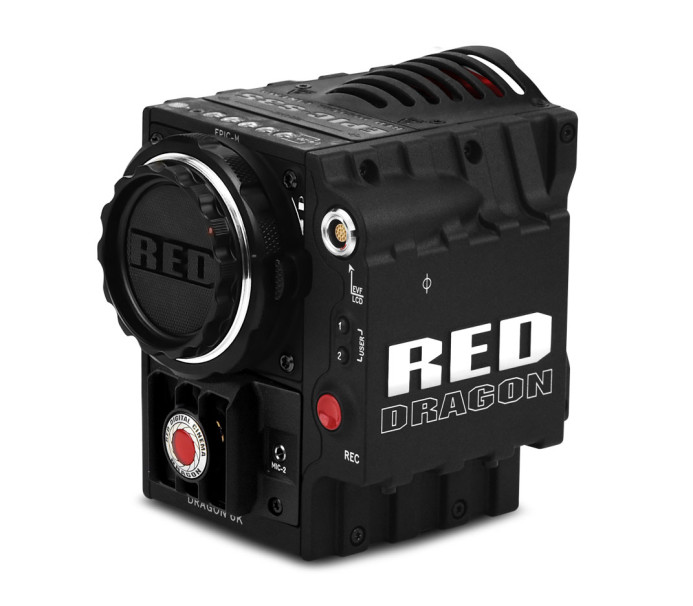Hey Sol! Do I Really Need a Speed Booster for the Panasonic GH4?
Is the Speed Booster really as essential for the GH4 as everyone makes it out to be?
Simeon asks:
What’s your thought on the “need” to use a Speed Booster in order to get usability out of the GH4? I’ve been led to believe that unless I get a Speed Booster, the performance of the camera is poor in low light. I’ve been shooting on a Canon T3i, which I would think is not great in low light either.
I am debating if I need to spend the money on a Speed Booster and go with Canon glass, or if I can get good performance using native glass?
A Speed Booster can indeed be a useful tool, but it is far from being an absolute necessity for the GH4 (or any camera for that matter).
The Speed Booster does two primary things:
- Provides a wider field of view — more of the scene will fit in the frame.
- Increases brightness by 1 stop (or more) — helps you to expose the image properly.
Getting a wider field of view is nice, but unless you’re shooting in very tight spaces, taking a few steps backward will also accomplish the same thing. Even better, “zooming out” with your feet doesn’t cost a dime.
The additional stop of light gained by the Speed Booster’s optics means your image doubles in brightness, which can be especially useful when shooting in low-light situations.
However, there is something even better– a real light.
For example, a good LED light is relatively inexpensive, lightweight, and can add way more than 1 stop of additional brightness in a dark environment. On top of that, even a cheap $50 LED light gives you something a Speed Booster cannot– control.
With a light, you control the direction and intensity of the light. Simply by moving the light, you control whether shadows are hard or diffused. Add a few more lights, and you can make the entire scene come to life.
Here’s a nice video on how you can control the look and tone of a scene with even just a single light by Film Riot:
With multiple lights, you can add dimension and interest to different parts of a scene, as demonstrated in this lighting tutorial by Realm Pictures:
And just for fun, here’s a tutorial from FilmmakerIQ to help you light your next noir film:
“Poor in Low-Light”
It’s become quite common for people to say the the GH4 is “poor in low-light”, but that’s not the whole story. Indeed, compared to specialist cameras like Sony’s a7S II that are optimized for low-light shooting, the GH4 cannot compete. However, by that measure, the Red Dragon and ARRI Alexa are also “poor” low-light cameras.
If you need to shoot in the middle of night using only moonlight, then the GH4 is may not be the right camera for the job. However, under less extreme conditions, the GH4 performs quite well, delivering clean images up to ISO 1600. You can even get usable results all the way up to ISO 6400, as shown the video below by Mitch Lally, and you can always add a bit of noise reduction in post to clean things up even further.
A Speed Booster is Nice to Have (but Not Essential)
I’ve used a Speed Booster with the GH4 a lot, but I do not own one, nor do I plan to buy one in the future. The wider FOV can be nice to have, but I’ve never been too keen on dealing with the adapter’s exposed optics. I prefer the simplicity of standard adapters, which don’t have any additional surfaces at risk of being scratched or getting dusty.
It’s certainly a well-made adapter, but the Speed Booster’s high cost– up to 30 times the cost of a standard adapter— is hard to justify when a wider FOV is just a few steps away, and a separate light will give you additional brightness and more control over your final image at a lower cost.
Submit A Question
Have a question that you would like to have answered once and for all? Send me your question to have it featured in a future Q&A post!
Related
More Resources
- Why You Should Be Excited About the Panasonic GH4
- Lens Options for the Panasonic GH4
- Memory Cards for the Panasonic GH4
- Rigging the Panasonic GH4
- Stabilizing the Panasonic GH4
- Getting the Best Audio from the Panasonic GH4
- Should you buy the YAGH for the Panasonic GH4?
- 6 Reasons Why DSLR Shooters Love the Panasonic GH4



